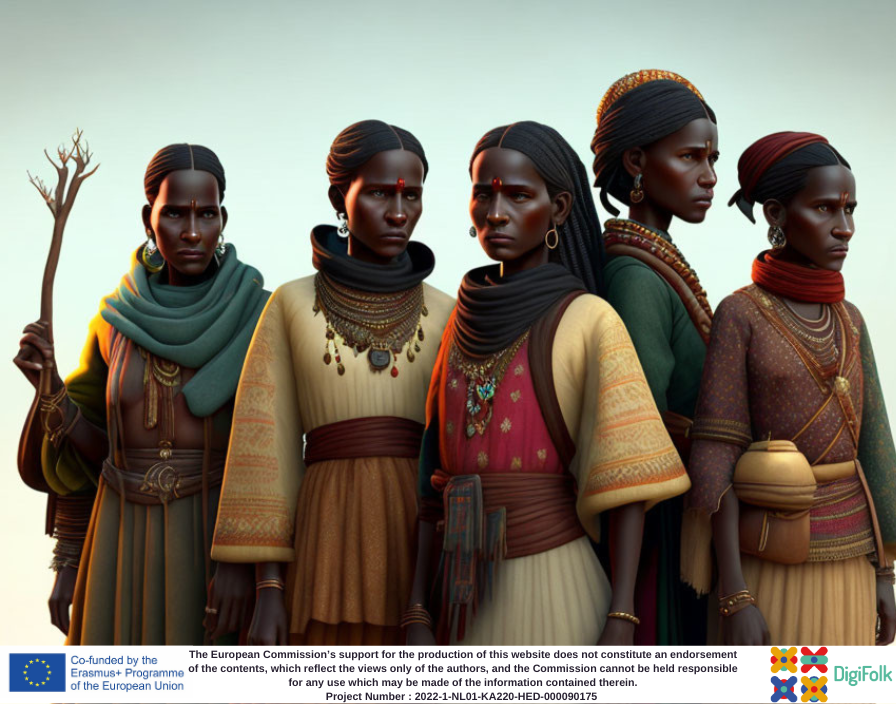
Digital Folklore: Unveiling the Modern Myths of the Online World
In the age of the internet, our lives have become intertwined with digital culture, and with it, a new form of folklore has emerged. Digital Folklore is a captivating fusion of audio drama and narrative documentary that delves deep into the heart of online expressions and culture. This innovative exploration shines a light on how the stories, trends, and customs that populate our digital realm are, in essence, contemporary folklore.
Folklore is traditionally associated with ancient myths, legends, and tales passed down through generations. However, Digital Folklore shows us that folklore is far from outdated. It’s alive and thriving in the world of the web. From eerie creepypastas and urban legends to the lighthearted and ubiquitous cat memes, these online expressions are the modern myths of our time.
Digital Folklore seeks to answer the question: What makes something folklore? The answer lies in the way these stories and phenomena resonate with people, evoke emotions, and become part of their collective consciousness. Just like ancient legends told around a campfire, these digital narratives bind people together through shared experiences.
One aspect that makes Digital Folklore so intriguing is its fluid and dynamic nature. Online culture evolves rapidly, giving birth to new stories and trends every day. What’s in vogue today could be a distant memory tomorrow. In the digital realm, folklore is in a constant state of flux, adapting to the ever-changing landscape of the internet.
Digital Folklore is a testament to the power of storytelling in the digital age. It reminds us that, in an era where information travels at the speed of light, stories still hold a special place in our hearts. Whether it’s a chilling Reddit thread or a heartwarming tale of online communities coming together, these digital narratives define our online existence.
In conclusion, Digital Folklore is a captivating journey into the heart of our online culture. It shows us that the myths and stories of today are not carved on ancient stones but typed on screens, shared with millions, and etched into the collective memory of the digital age. This blend of audio drama and narrative documentary beautifully captures the essence of the online world, where scary stories and cat memes stand as the living folklore of our time.
References:
- Burgess, J., & Green, J. (2009). YouTube: Online video and participatory culture. John Wiley & Sons.
- Mavridou, O. (2017). Memes and folklore: Exploring online transmission of humor and urban legends through digital media. Journal of Folklore Research, 54(2-3), 119-140.
- Tokumaru, Y. (2015). Digital folklore in contemporary Japan: Reflections on online narratives. Journal of Folklore Research, 52(2-3), 211-229.
- Overell, R. (2016). “Baiting” and “shaming” young men: Ethnographic reflections on sex and misogyny in public digital culture. Feminist Media Studies, 16(5), 849-865.
- Glassie, H. (1995). Passions for the past. In Folklore and Fable: Aesop, Grimm, and Andersen (pp. 218-238). Indiana University Press.
Evropska komisija podržala je kreiranje ove internet stranice, ali nije odgovorna za njen sadržaj, koji izražava isključivo stavove autora. Komisija nije odgovorna za korišćenje informacija prezentovanih na internet stranici.
Avrupa Komisyonu'nun bu web sitesinin hazırlanmasına verdiği destek, sadece yazarların görüşlerini yansıtan içeriklerin onaylandığı anlamına gelmez ve Komisyon burada yer alan bilgilerin herhangi bir şekilde kullanılmasından sorumlu tutulamaz.
The European Commission’s support for the production of this website does not constitute an endorsement of the contents, which reflect the views only of the authors, and the Commission cannot be held responsible for any use which may be made of the information contained therein.
Η υποστήριξη της Ευρωπαϊκής Επιτροπής για την παραγωγή του παρόντος δικτυακού τόπου δεν συνιστά έγκριση του περιεχομένου, το οποίο αντανακλά τις απόψεις μόνο των συντακτών, και η Επιτροπή δεν μπορεί να θεωρηθεί υπεύθυνη για οποιαδήποτε χρήση των πληροφοριών που περιέχονται σε αυτόν.
De steun van de Europese Commissie voor de productie van deze publicatie houdt geen goedkeuring van de inhoud in die alleen de mening van de auteurs weerspiegelt, en de Commissie kan niet verantwoordelijk worden gehouden voor enig gebruik dat van de informatie in deze publicatie wordt gemaakt.
Project Number: 2022-1-NL01-KA220-HED-000090175